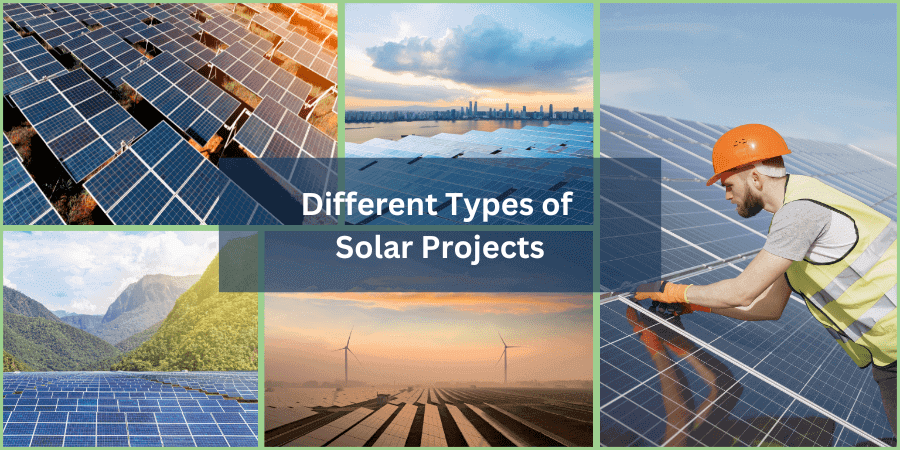Solar energy is quickly becoming one of the most popular forms of renewable energy. The sun provides us with all the energy we need without having to use any fossil fuels, and solar panels can harness that energy to power things like lights and appliances.
There are a variety of different types of solar projects: utility-scale, commercial, and residential you can choose from, depending on your needs and preferences.
What are Solar Systems?
A solar panel system is a set of interconnected solar panels that can be used to generate electrical energy from sunlight. Solar systems typically consist of a panel, battery, inverter, and wiring. Solar systems are becoming more affordable and accessible, and they are now the most popular choice for heating or cooling homes in many parts of the world.
Utility-Scale
A utility-scale solar facility is one that generates solar power and feeds it into the grid, supplying a utility with energy. Virtually every utility-scale solar facility has a power purchase Agreement (PPA) with a utility, guaranteeing a market for its energy for a fixed term of time.
Commercial Solar System
The commercial solar system is the key to unlocking the significant potential that solar energy has to offer businesses and organizations.
A commercial solar system provides them with the ability to power their operations from a reliable and sustainable source of energy. It allows them to reduce their reliance on fossil fuels, which can help them stay environmentally responsible.
Additionally, a commercial solar system can provide a boost to your bottom line. By installing one of these systems, you can save money on your energy bills and increase revenue by reducing your environmental impact.
Residential Solar System
A solar system for your home can be a very cost-effective way to generate electricity and reduce your carbon footprint. There are a variety of residential solar systems available that can meet your specific needs, including electric vehicles and storage batteries.
A residential solar system can provide you with electricity during the daytime and reduce your reliance on grid power at night.
Let’s know more about the above-said Solar Systems…..
Utility-scale Solar
A utility-scale solar facility is one that generates solar power and feeds it into the grid, supplying a utility with energy. Virtually every utility-scale solar facility has a power purchase Agreement (PPA) with a utility, guaranteeing a market for its energy for a fixed term of time.
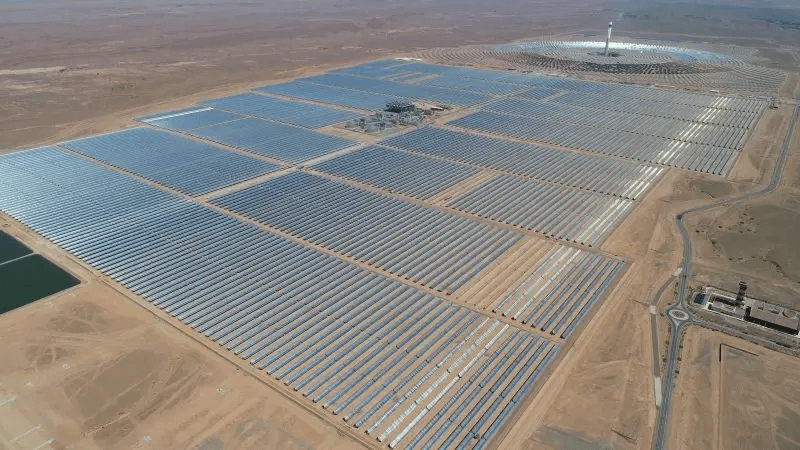
Utility-scale solar is becoming an increasingly important part of the solar market. Several factors are driving this growth, including the high price of fossil fuels and the need to reduce the environmental impact
Size of solar panels
Utility-scale solar is the solar panel plant. They are large enough to cover an entire roof or building.
Efficiency and production
It is an extremely efficient form of energy production. By using large arrays, solar farms can produce a lot of energy with relatively small footprints.
Utility-scale solar systems typically have higher conversion efficiency than rooftop solar systems, which means they can generate more power from the same amount of sunlight
In fact, solar farms are becoming so efficient that they are starting to compete with fossil fuels. For example, a solar farm in California that started production in March 2014 produced more energy than the state’s two largest combined coal- and gas-fired power plants.
Color
The most important thing to consider when selecting a utility-scale solar system is the color of the solar panel array. Different colors absorb different amounts of light, which can affect the efficiency of your solar installation.
And also means that Solar installations can be designed to look aesthetically pleasing.
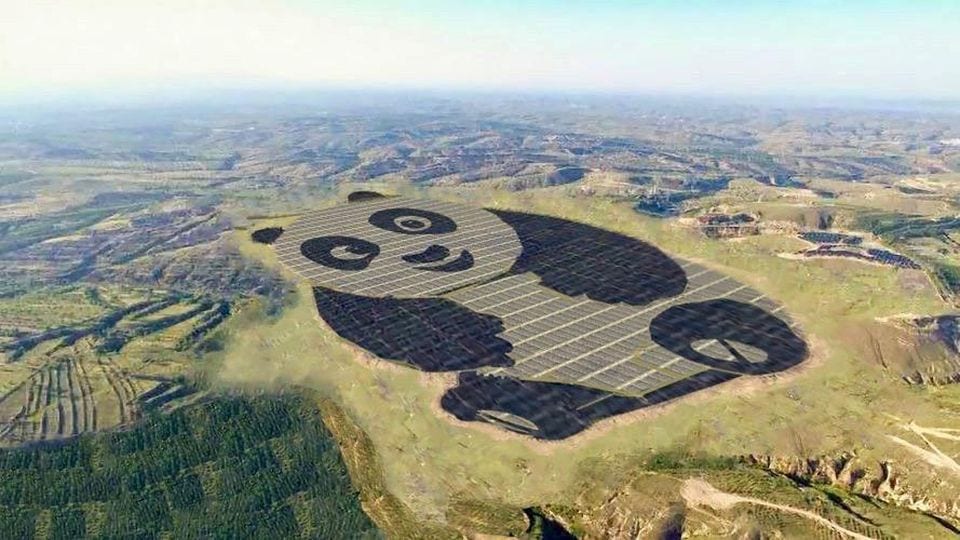
Installation Process
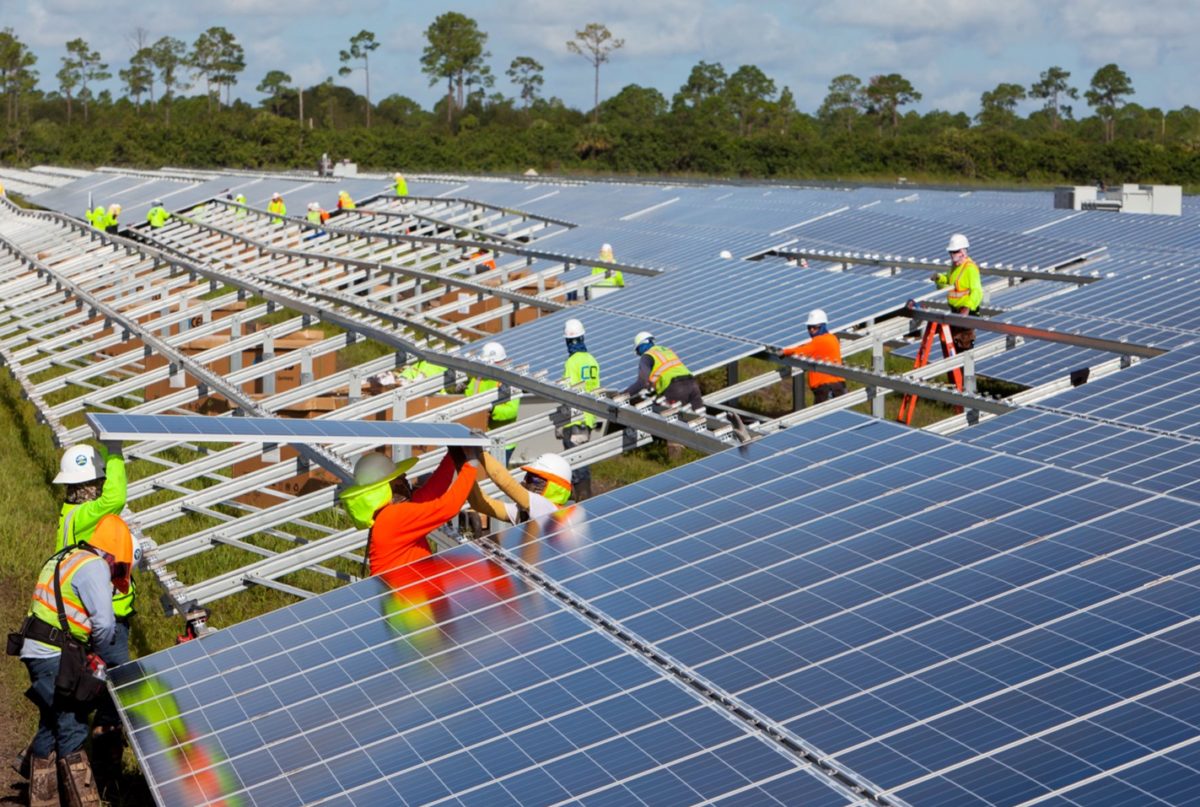
The installation process is similar to traditional solar installation, but it requires more planning and coordination. A utility-scale solar project will require the cooperation of multiple companies and government agencies. It is also important to coordinate with existing infrastructure, such as power lines and water lines.
Commercial Solar System
Commercial solar is a great way to get started with solar energy. You can get systems for your business. There are many options available, so you can find the perfect system for your needs. Commercial solar systems are affordable and reliable. They can save you money on your energy bills.
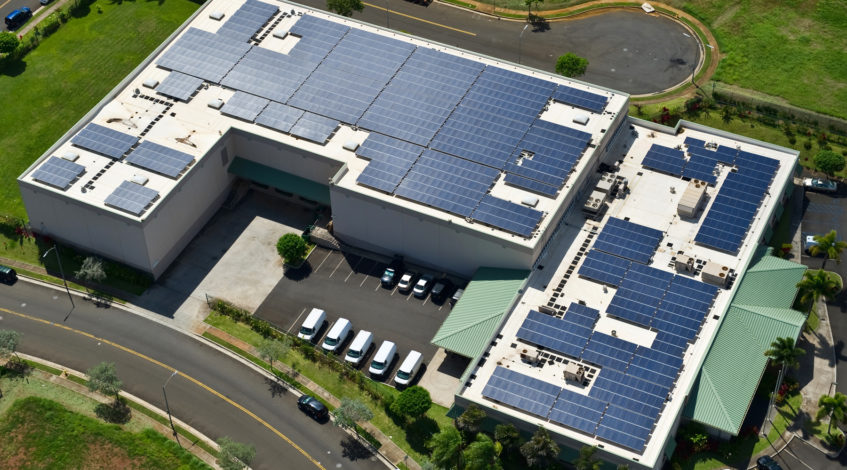
All you need is some space on your property and a good roof. You can also get commercial solar installations.
Size of solar panels
Commercial solar panels are available in a variety of sizes. Some are as small as 4 inches by 4 inches, while others are as large as 100 inches by 100 inches.
The size of the solar panel is based on the application that it will be used for. For example, a solar panel that is used to power a small cabin would be much smaller than one that is used to power an entire building.
Efficiency and production
Commercial solar panels are becoming more and more efficient, which is good news for businesses that are looking to take advantage of renewable energy. At the same time, the cost of solar panels is dropping, which means that more businesses are able to switch over to solar power.
Color
Commercial solar panels are never black because people tend to be more creative with their visual designs and styles. Residential systems are sometimes white, so a personal preference includes what color your panel should be since you don’t want to blend in with the environment.
Installation Process
If you are planning on installing commercial solar panels, there are certain things that you will need to consider. One of the most important things is the installation process.
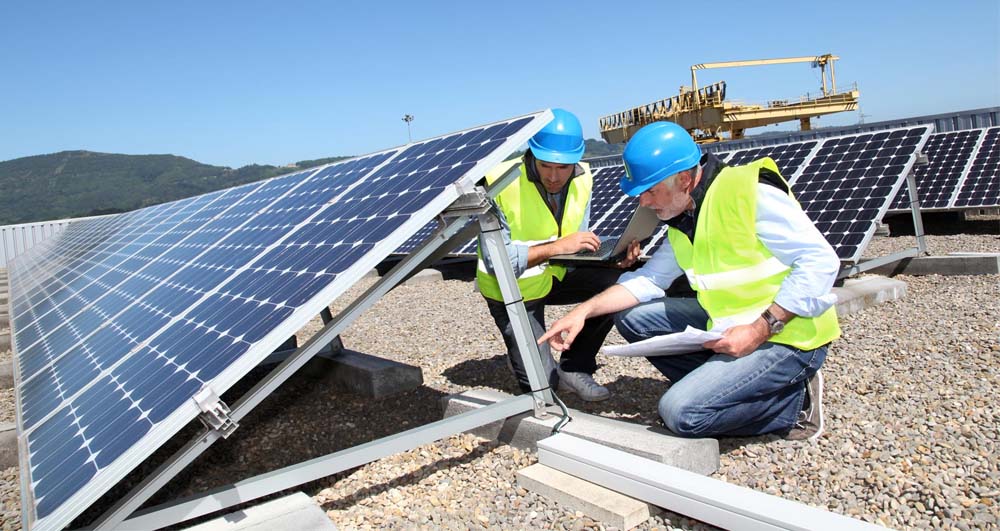
The steps involved in installing solar panels commercially are as follows:
- Evaluating the site.
- Designing the solar energy system.
- Constructing the solar panel system.
- Commissioning the completed solar energy system.
Residential Solar System
A residential solar system is a great way to reduce your monthly energy bills. By going solar, you not only reduce your carbon footprint but you also get paid to do so! A solar system can typically produce around 100-120 Watts of electricity.
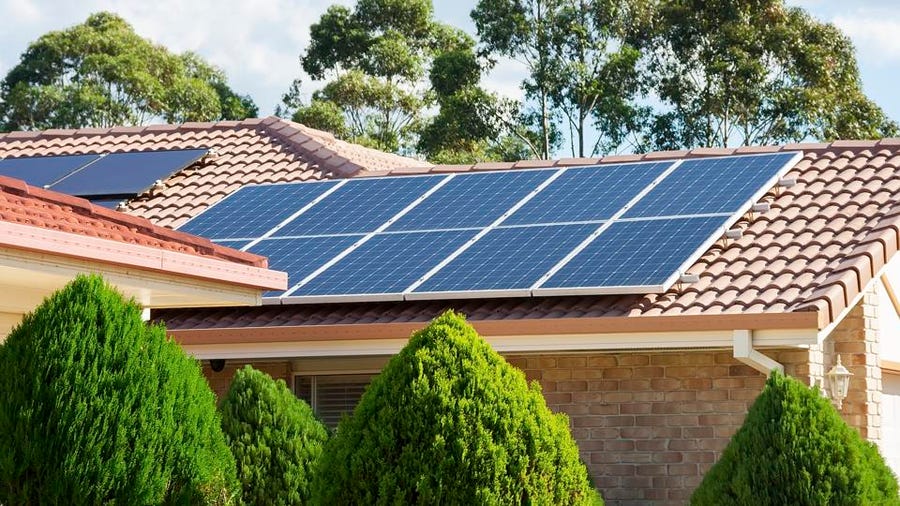
This means that it could power around 25-30 average-sized LED light bulbs. If installed on a typical home, a residential solar system would pay for itself in just some years.
Size of solar panels
If you have a small or unusually shaped roof, solar panel size and numbers can help you make your decision. With a larger usable roof area, perhaps sacrificing some efficiency and buying more panels at a lower cost per panel is the best way to go.

But if you have limited space to work with on your ceiling, or if it’s partially shaded, being able to use fewer but more-efficient high-efficiency panels may be the best way to save money in the long run.
Efficiency and production
One of the most important aspects of any residential solar system is its efficiency and production. Solar systems are designed to produce as much energy as possible while consuming sunlight.
Residential solar systems produce electricity using a number of different technologies, but the most common is photovoltaic cells. When these cells are sunlight, they convert that energy into electric current. Depending on the type of solar cell and how much light it receives, a residential solar system can produce anywhere from 0.1 kilowatts to 4 kilowatts of energy.
Color
The majority of solar panels you’ll see have a blue tinge to them, while others are black in color. This color variation is caused by how light interacts with two distinct kinds of solar panels: monocrystalline and polycrystalline.
After all, blue panels have long been the most common variety of solar panels. However, you may have noticed that some solar panels have a more sleek black appearance; they are becoming increasingly frequent in recent installations.
While the great majority of solar panels are black or extremely dark blue (and sometimes dark green), you may be surprised to find that colored solar panels are gaining popularity
Installation Process
If you’re interested in installing a residential solar system, there are a few things that you need to know.
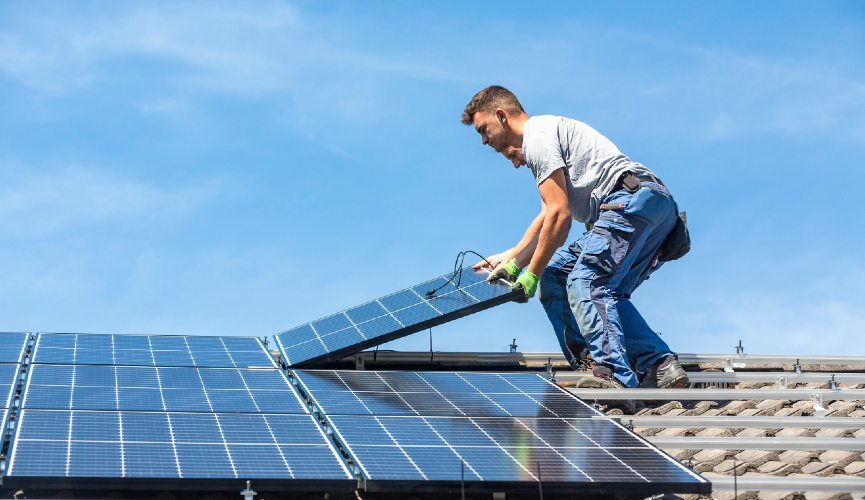
There are five major steps to a solar installation that your chosen solar company will generally follow: the engineering site visit, finalizing permits and documentation, ordering necessary equipment, installing the solar panels, and lastly, approval and interconnection.
- Engineering site visit
- Permits and Documentation
- Ordering equipment
- Solar panel installation
- Approval and interconnection
Future of Solar Energy
The future of solar energy looks quite bright. More and more people are switching to solar power because it’s a clean and renewable form of energy. In addition, the cost of installing solar panels has plummeted in recent years, making solar energy an even more attractive option.
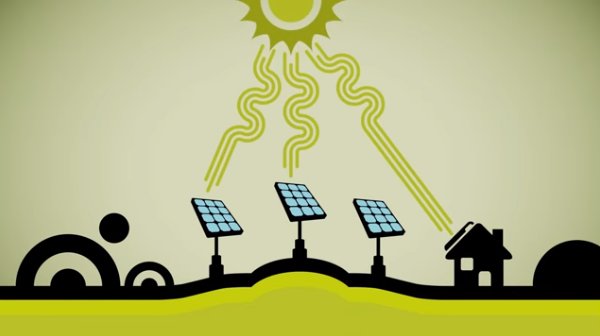
Solar energy is becoming more and more important, not just because it’s environmentally friendly, but also because it’s affordable. Not to mention, solar energy provides a clean source of energy that doesn’t contribute to carbon emissions. In addition, solar energy is reliable and has an improved ability to withstand extreme weather conditions. Therefore, solar energy has a bright future and will play an increasingly important role in our world.
- Solar energy is growing in popularity due to its many benefits, including being affordable and environmentally friendly.
- Solar energy technologies are advancing rapidly, making it possible to produce more energy from the sun.
- The global solar market is expected to grow at a CAGR of over 30% through 2020.
- There are many ways to harness solar energy, including converting roofs into solar panels, installing solar energy systems in businesses and homes, and creating power plants that use sunlight to create electricity.
- Solar energy has the potential to revolutionize the way we generate electricity, and its adoption is likely to continue growing in the future.

